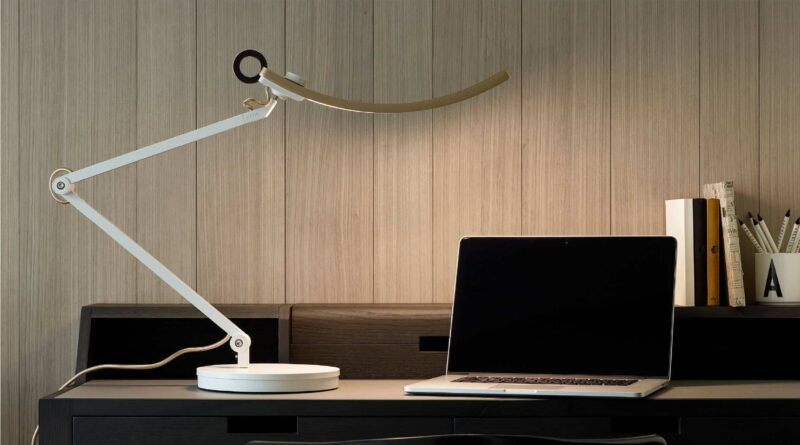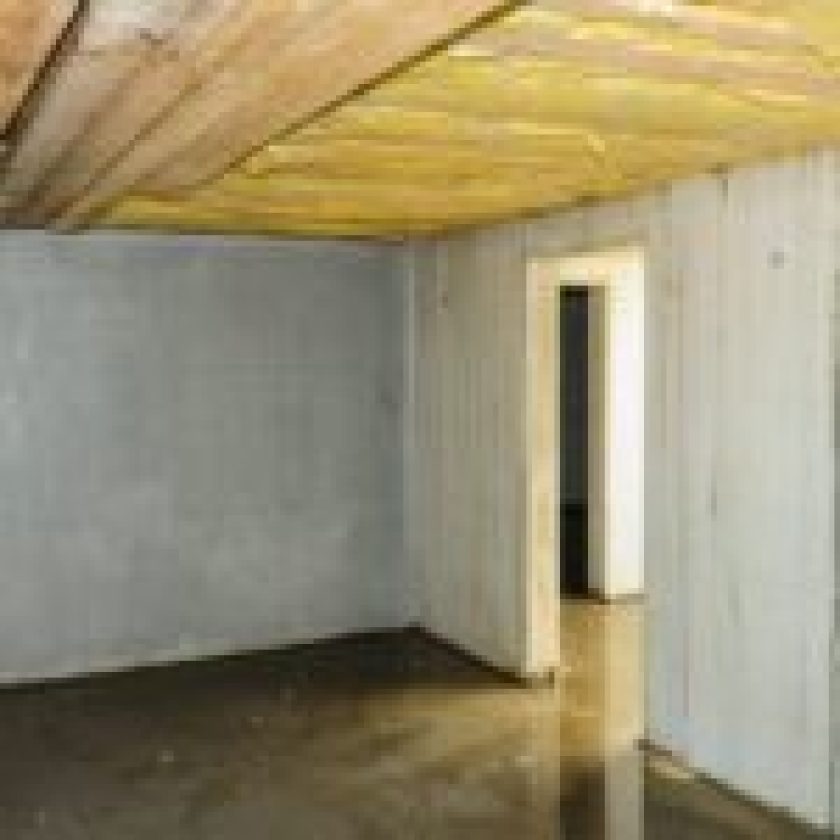Introduction
Home offices have become more prevalent as the number of people working remotely increases. Whether you work at home and use your workspace as your main workstation or you use it for playing or household duties, it’s critical to adequately light these areas.
While you want to create a supportive environment that flows with the rest of your house, illumination in your home office must do more than just provide illumination. When you work from home, the nature and efficiency of your workstation lighting might help you be more productive.
How does good lighting in your workstation help you?

source: techrepublic.com
- You’ll not feel sleepy.
- It boosts your productivity.
- Protect your eyes from strain.
- Enhances your enthusiasm for work.
- Alerts you constantly.
Reduce the glare of artificial lights
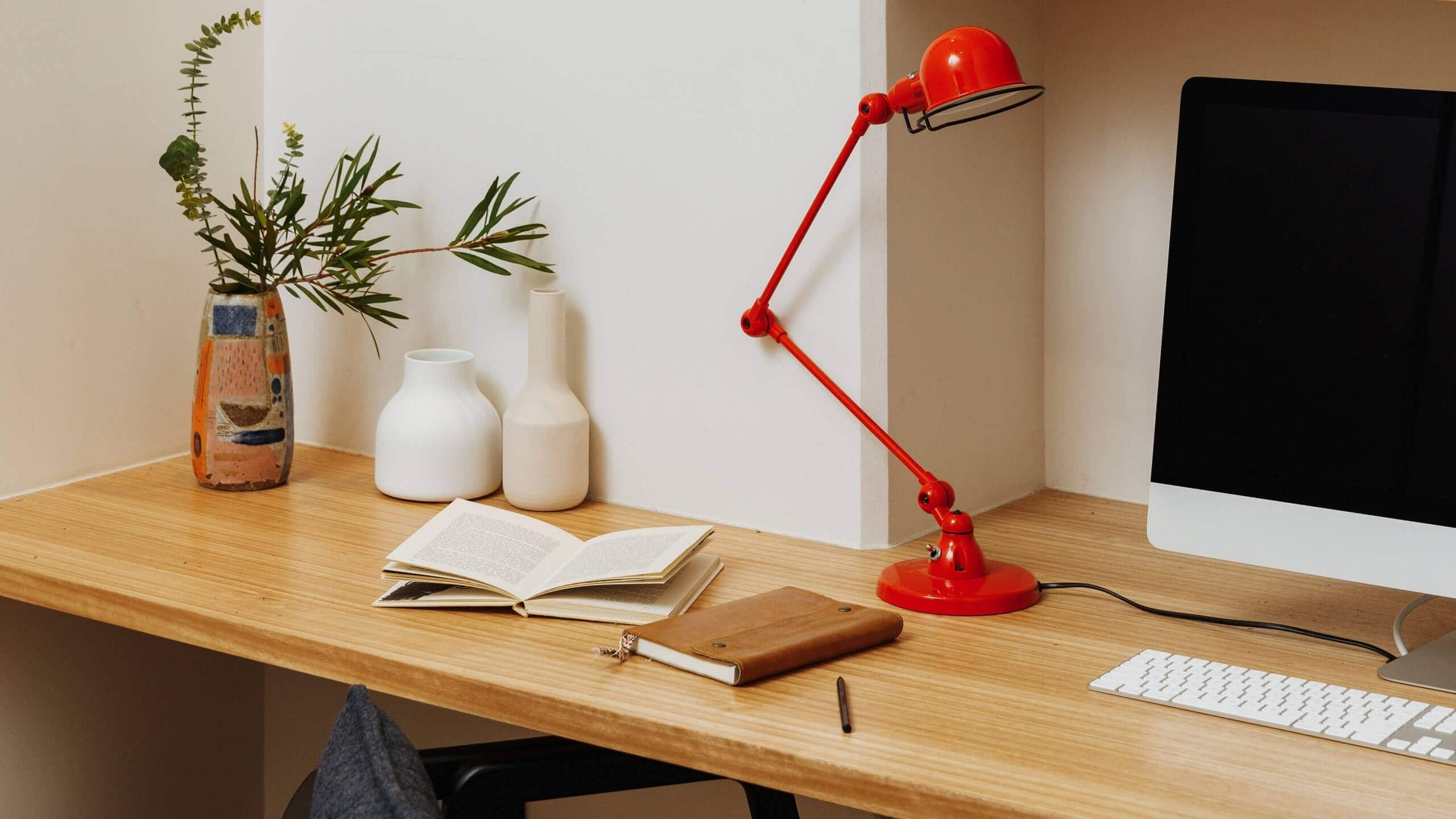
source: architecturaldigest.com
Working beneath the direct glow of fluorescent lights is not a good idea. Look for techniques to filter the artificial lighting that will highlight your working environment instead.
A downward-shining floor lamp reflects light off of facades, while lampshades attenuate and disperse harsh light. The purpose is to light up the entire room without causing too much glare or intensity, and to prevent throwing shadows.
Task lights are very helpful.
Pick a well-defined light beam devoted to what you’ve been doing for office work, writing, and other focus-intensive jobs. A desk lamp that is adjustable can provide light precisely where you really need it. It also supports a variety of work.
Set up specific ambient light for each workspace if your home office has numerous workspaces. For example, a desk for computer and phone work, a filing space, and a table for examining photographs and designs.
Task lighting should be brighter than ambient lighting to minimize visual fatigue, particularly at the end of the day. Modern task lights are available in a variety of styles and light intensities. So, choose one which is suitable for the type of area and complements your task at the same time.
Make a desk lamp an urgent buy for your workstation, as it’s a terrific way to add a pop of brightness.
Bulbs are good to go!
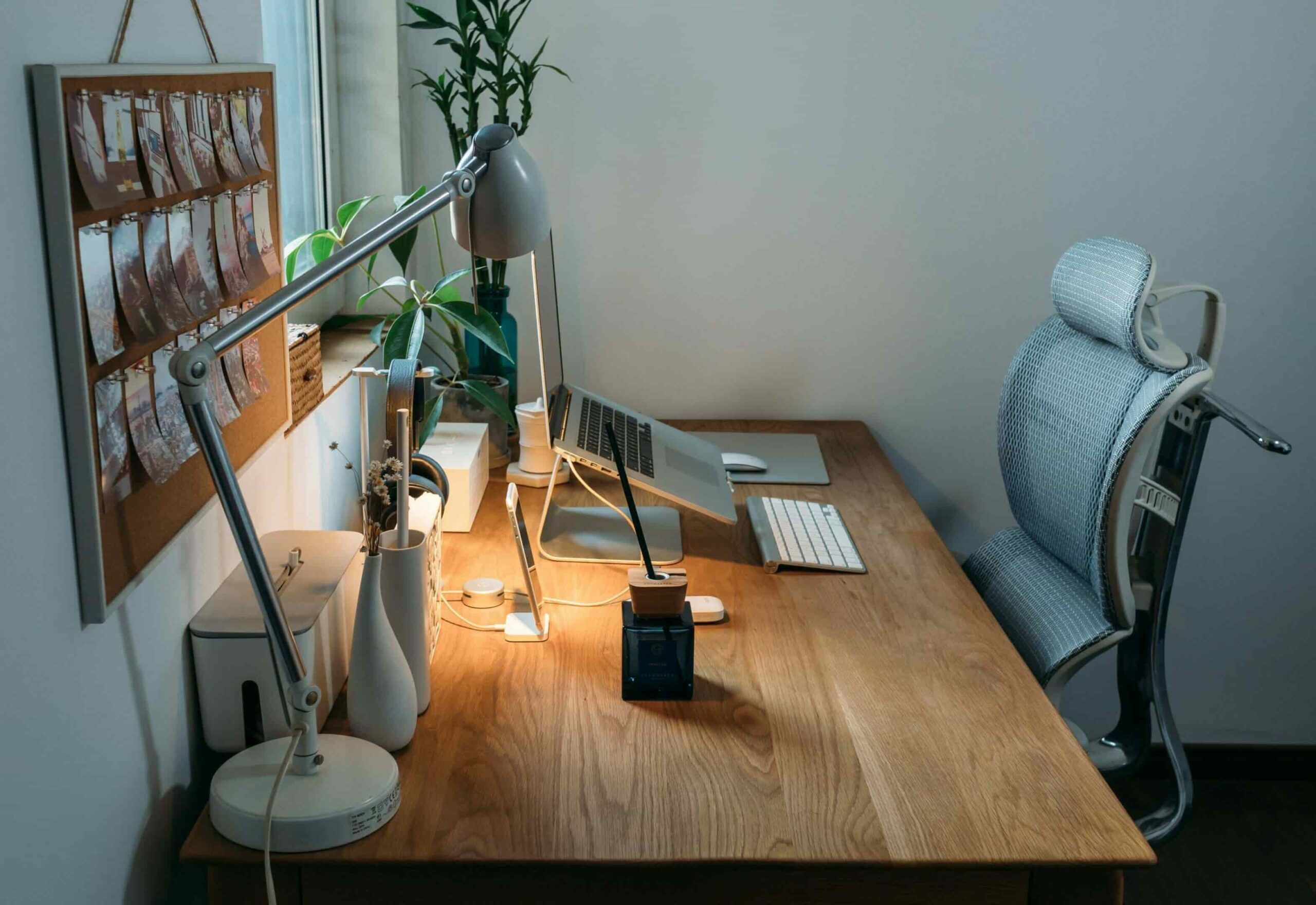
source: spacerefinery.com
Because not everyone has the luxury of having a complete room dedicated to a home office. So, it’s worthwhile to consider installing a bulb if you’re trying to make a functioning office out of a space that only has enough capacity for a work desk and chair.
This lighting solution is an excellent way to save area and eliminate clutter. Apart from bulbs, contemporary chandeliers and wall sconces can help to make your home office look sleeker and more spacious.
Adjust the source of light
Always think about where your light comes from: When you operate on your computer, a light source situated behind you will almost surely cause an uncomfortable shine on your monitor.
Similarly, keep an eye out for unwanted shadows generated by task lighting bulbs. If you type with your right wrist, for example, and the task light is also on the right, your arms and hands might cast a shadow.
Natural light is a substantial source of brightness
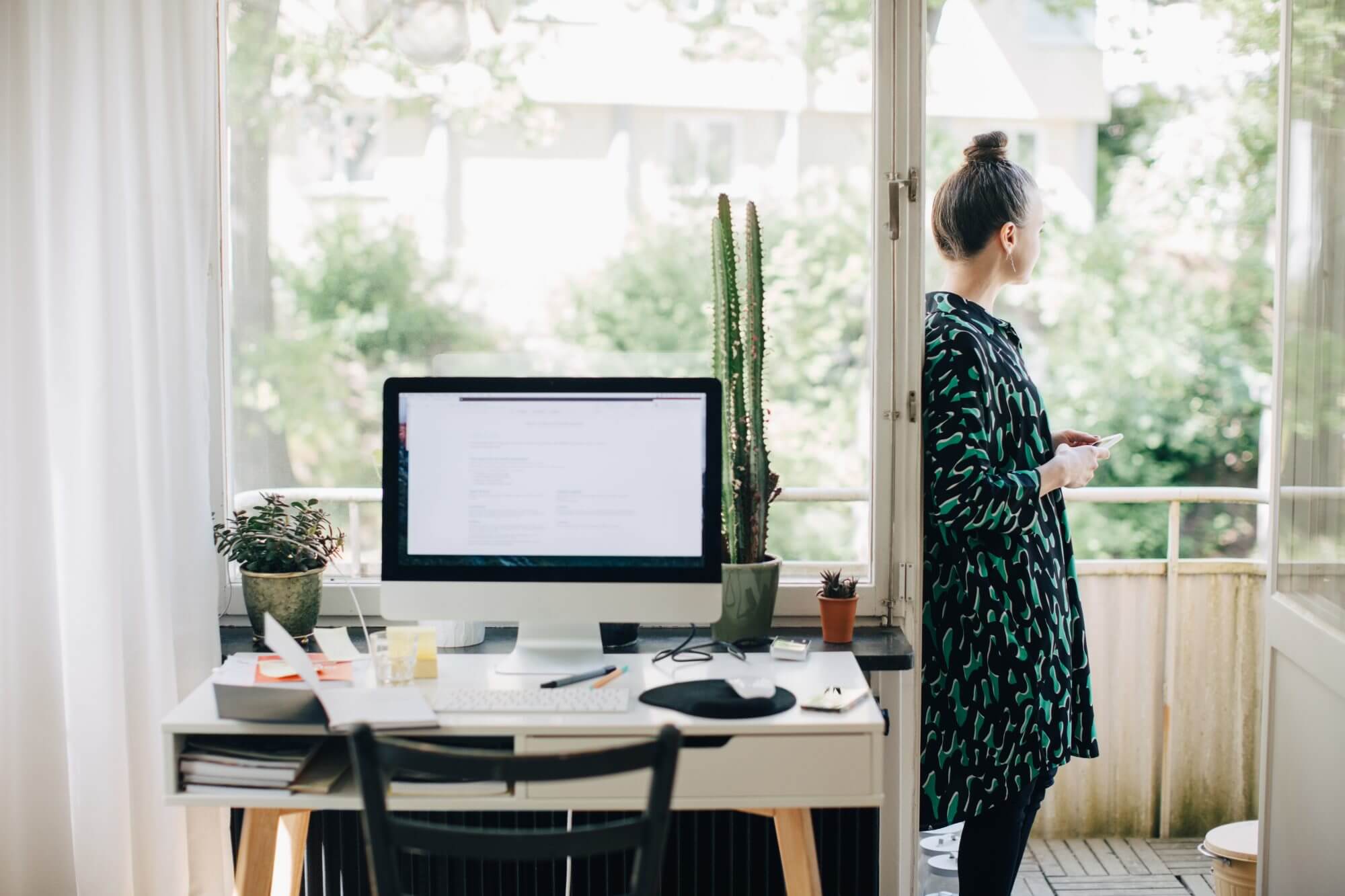
source: pinterest.com
Don’t underestimate the value of natural light from a window, skylight, or another source. Warm illumination produced by sunlight can help to improve the working atmosphere.
To reduce glare and optimize your outdoor views, it’s better to have natural sunlight in front of or next to work desks and computer screens. You can also face your workspace north or south so that the sunshine does not reflect at any time of the day.
Solar blinds soothe and lower the heat without obstructing sunlight and view throughout the day to suit various degrees of illumination. You can also use a basic blind or even a hanging screen to diffuse the light that comes in through the window.
Accent lighting
We should consider accent and aesthetic lighting. In addition to artificial lights that disperse light all across the area and task lighting designed for specific workstations. This will add visual attractiveness to your workspace while also improving its character.
Decorative lighting, such as a signature lamp, can also sometimes encourage productivity and motivation. Accent lights serve the most aesthetic role in your home office. So, while installing this type of light fixture, keep in mind what specific elements of your workplace you want to accentuate.
As accent lighting draws attention to noteworthy objects and architectural aspects. If you’ve any trophies, medals, degrees, or paintings in your home office, you might want to use accent lighting to help draw attention to them.
Conclusion
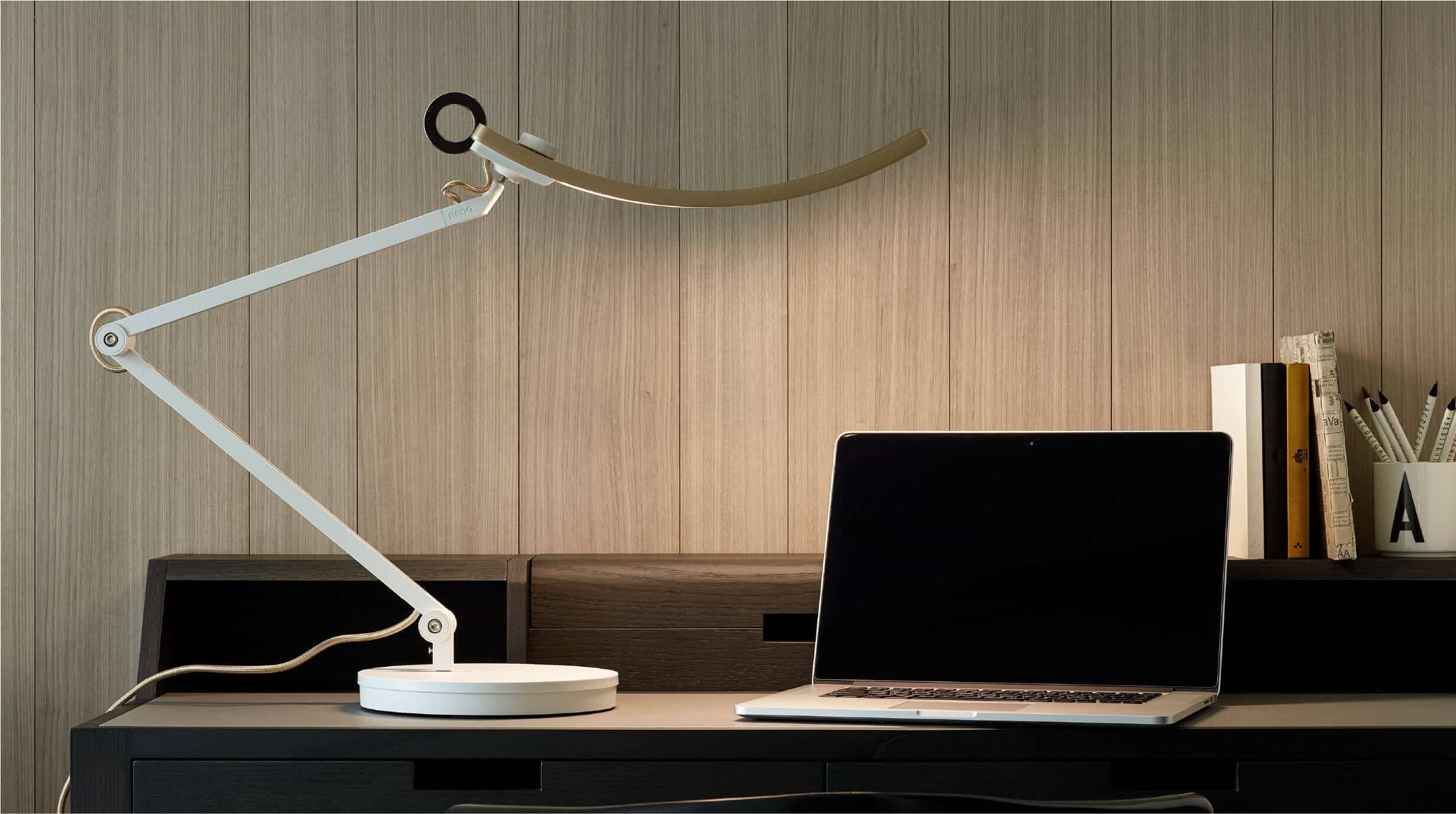
source: benq.com
Our working environment has a significant influence on how we approach our tasks. It is critical that you devote effort to the arrangement of your home office lighting.
These pointers can assist you in getting started. But you probably want to explore various varieties and fittings before settling on what works best for you.

